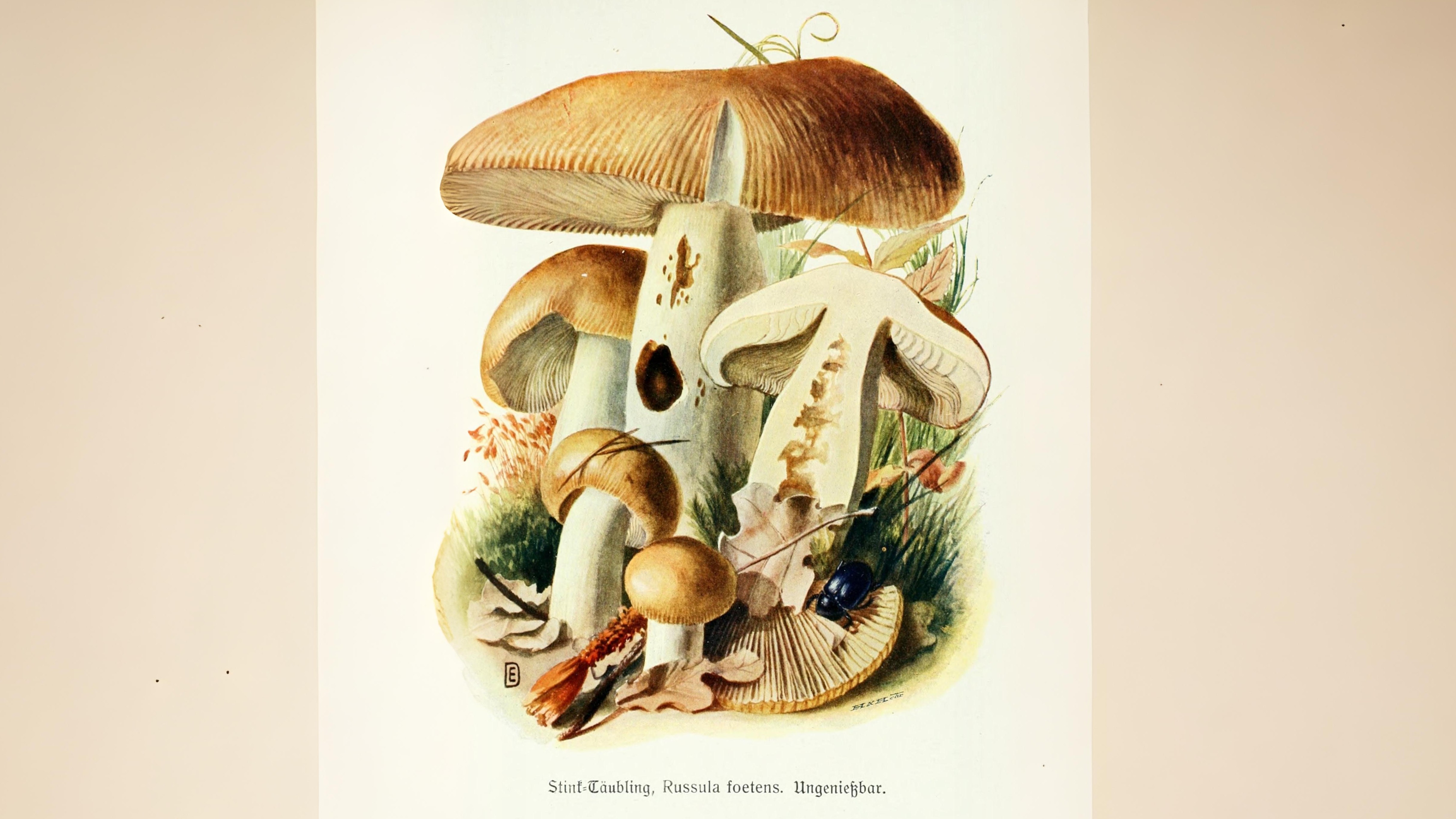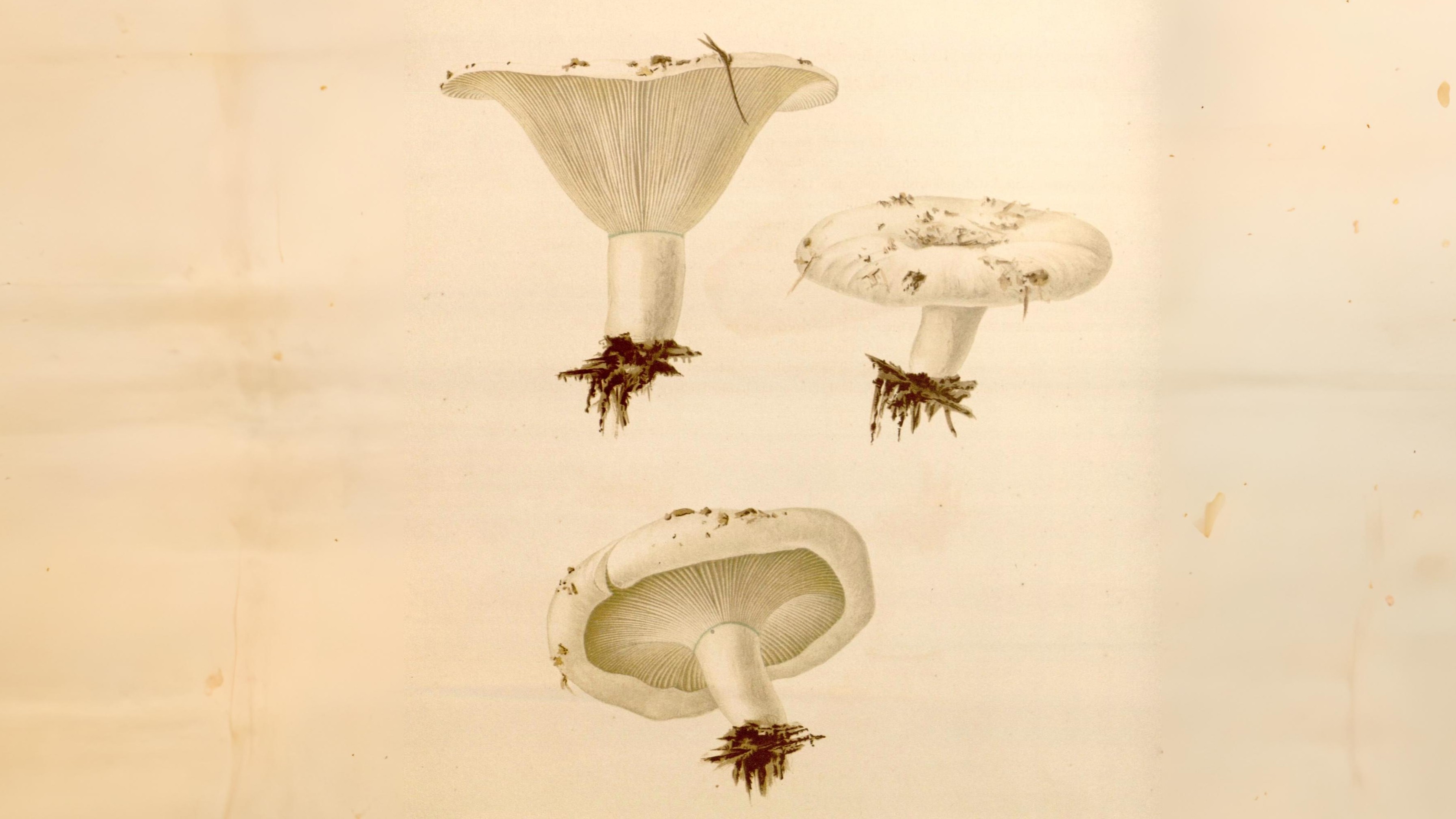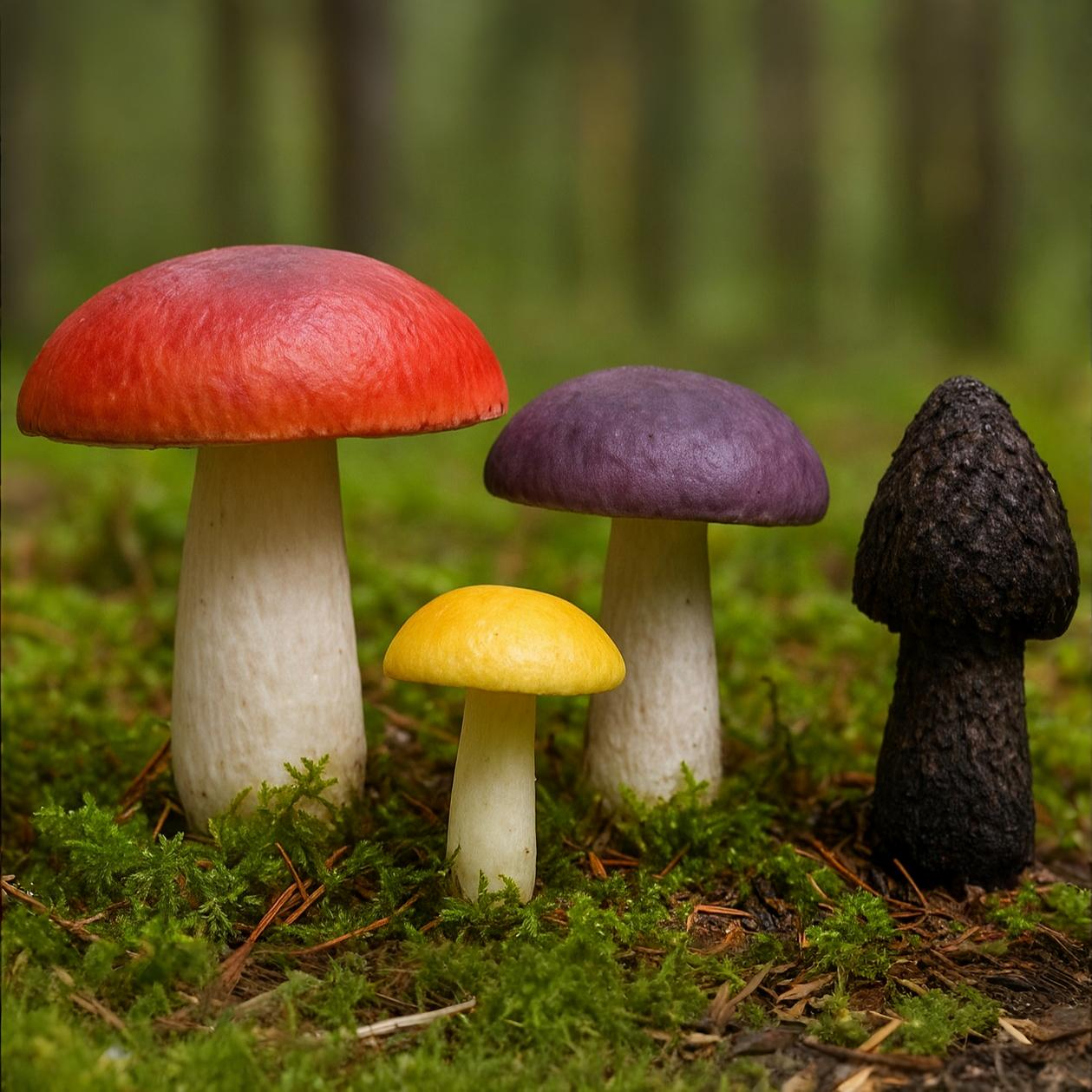
Return on September 22nd to explore the enchanting brittlegills in all their colours!


In a good September you might expect to encounter ten to fifteen different brittlegill species on a foray with five or six being a more usual number. On a bad year not a single specimen will be found. Russulas with red caps are always the ones that catch our eye first especially in beech, oak and Scot’s pine woods. There are seventy of these but less than ten that tend to be seen in London. Generally they tend to be hot or very hot and acrid to taste with some such as R. emetica even irritating the bowel. This species is a fiery red and is often found sitting in moss below pine trees. Two other common red russulas R. mairei (poppy red) and R. betularum (pale pink) are conveniently found under beech and birch respectively.
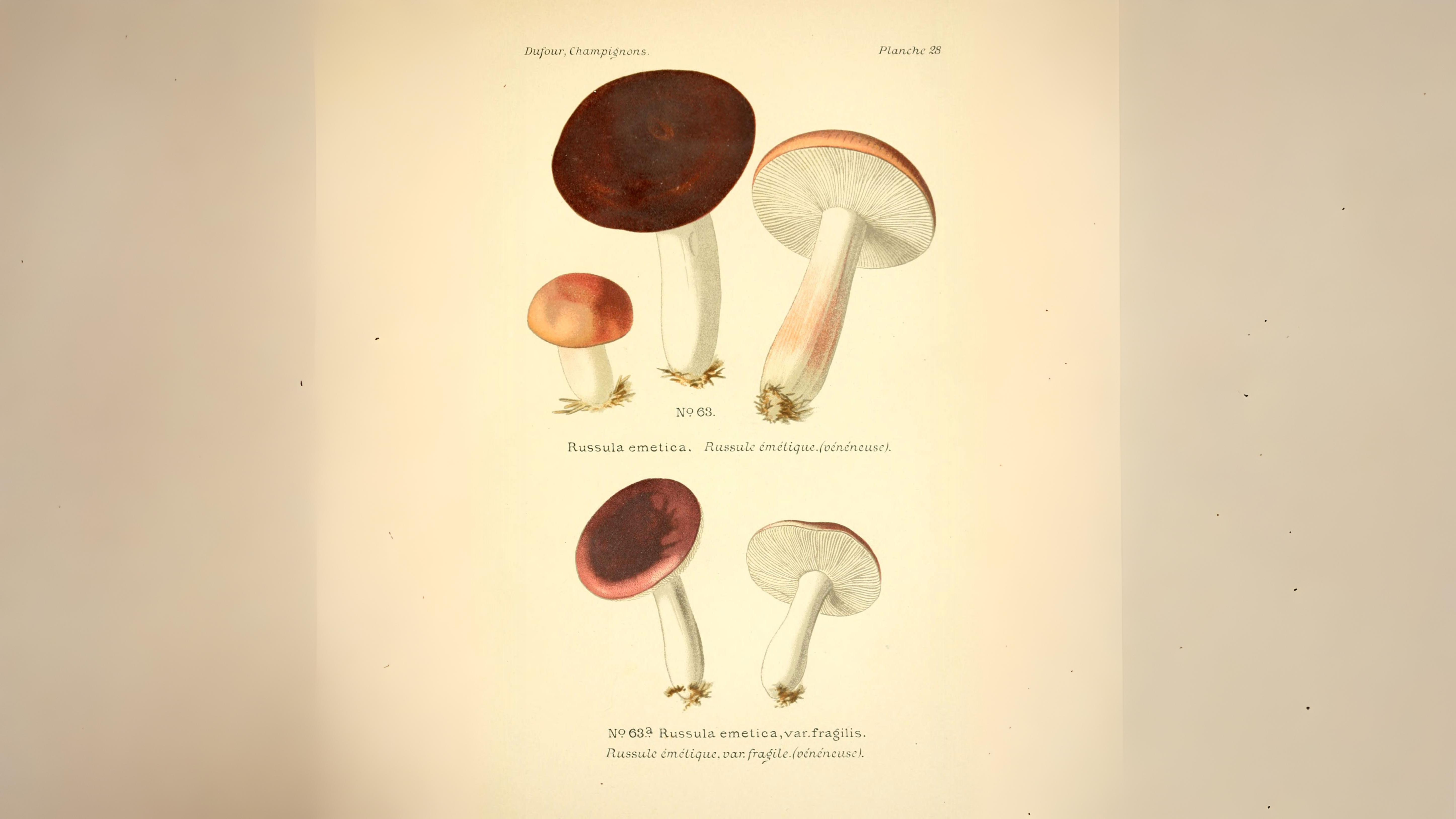

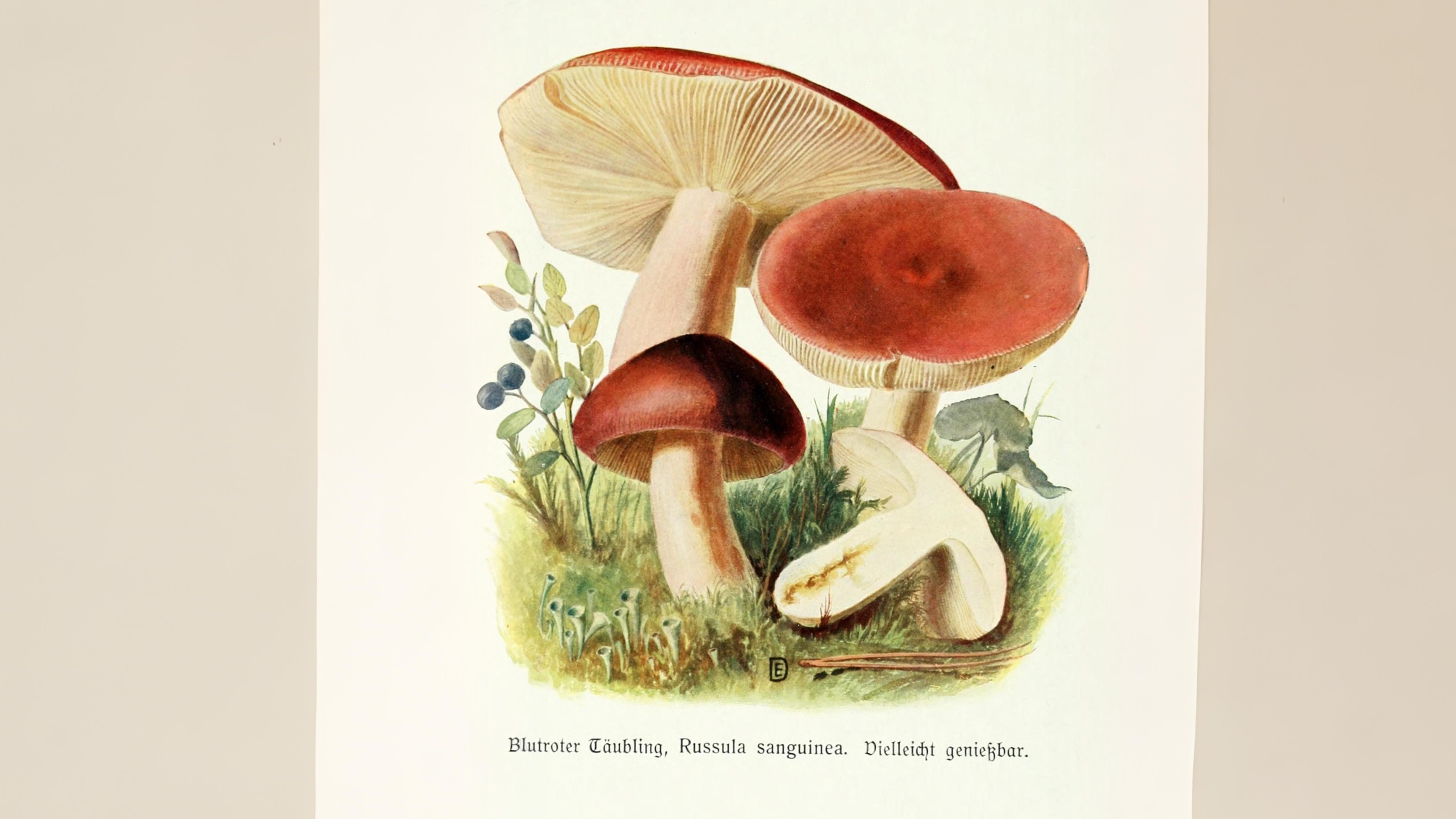

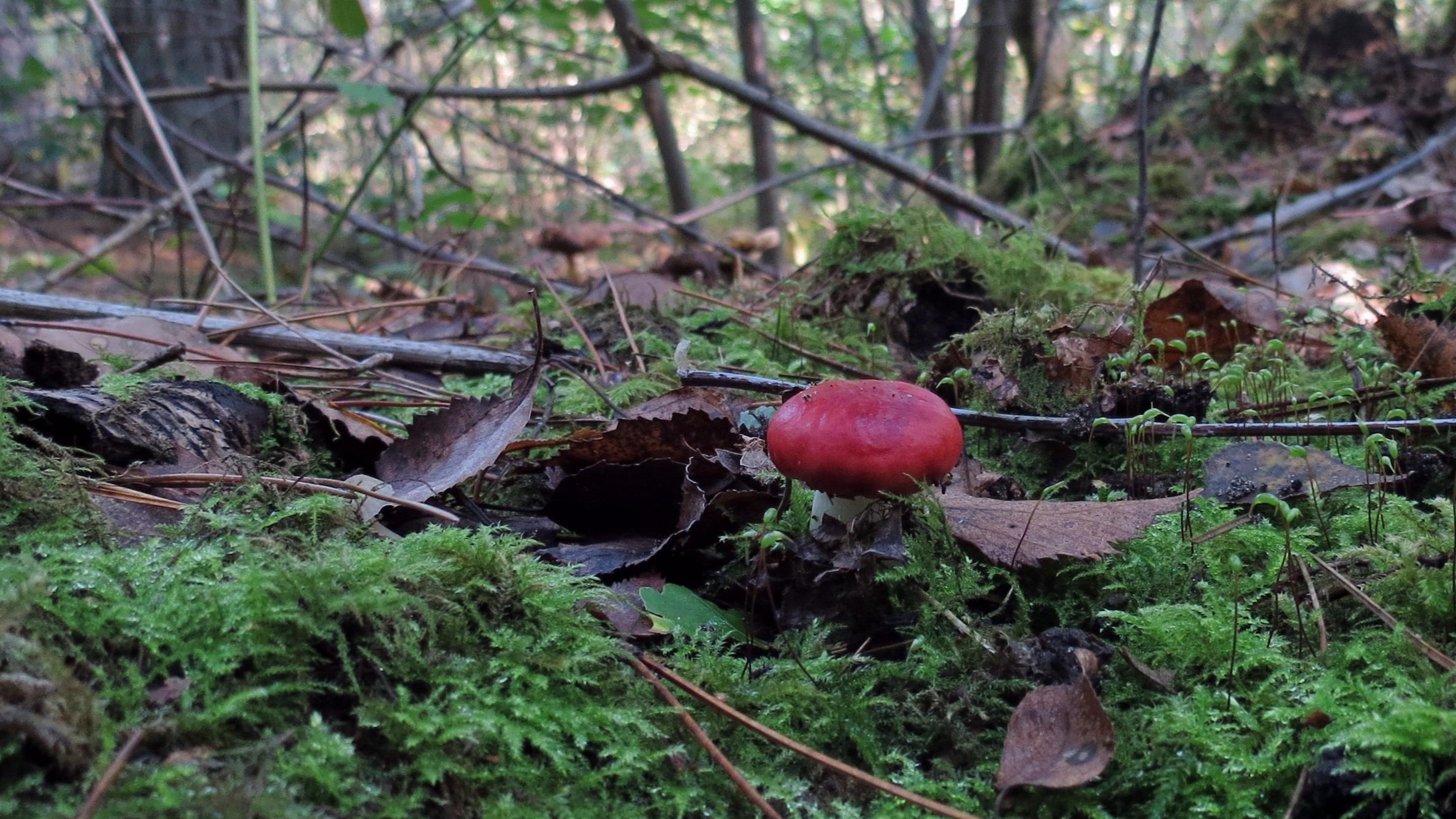

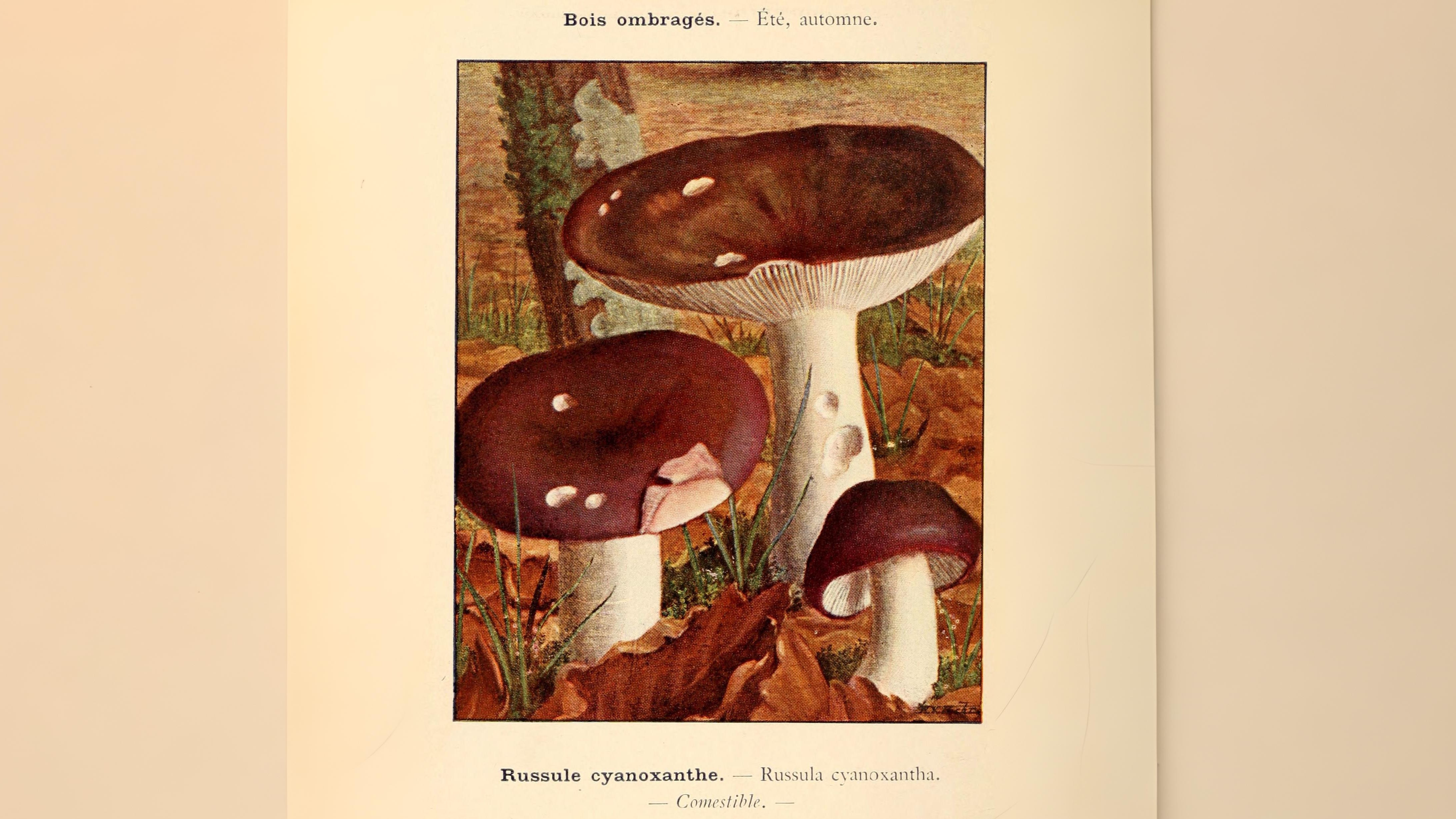

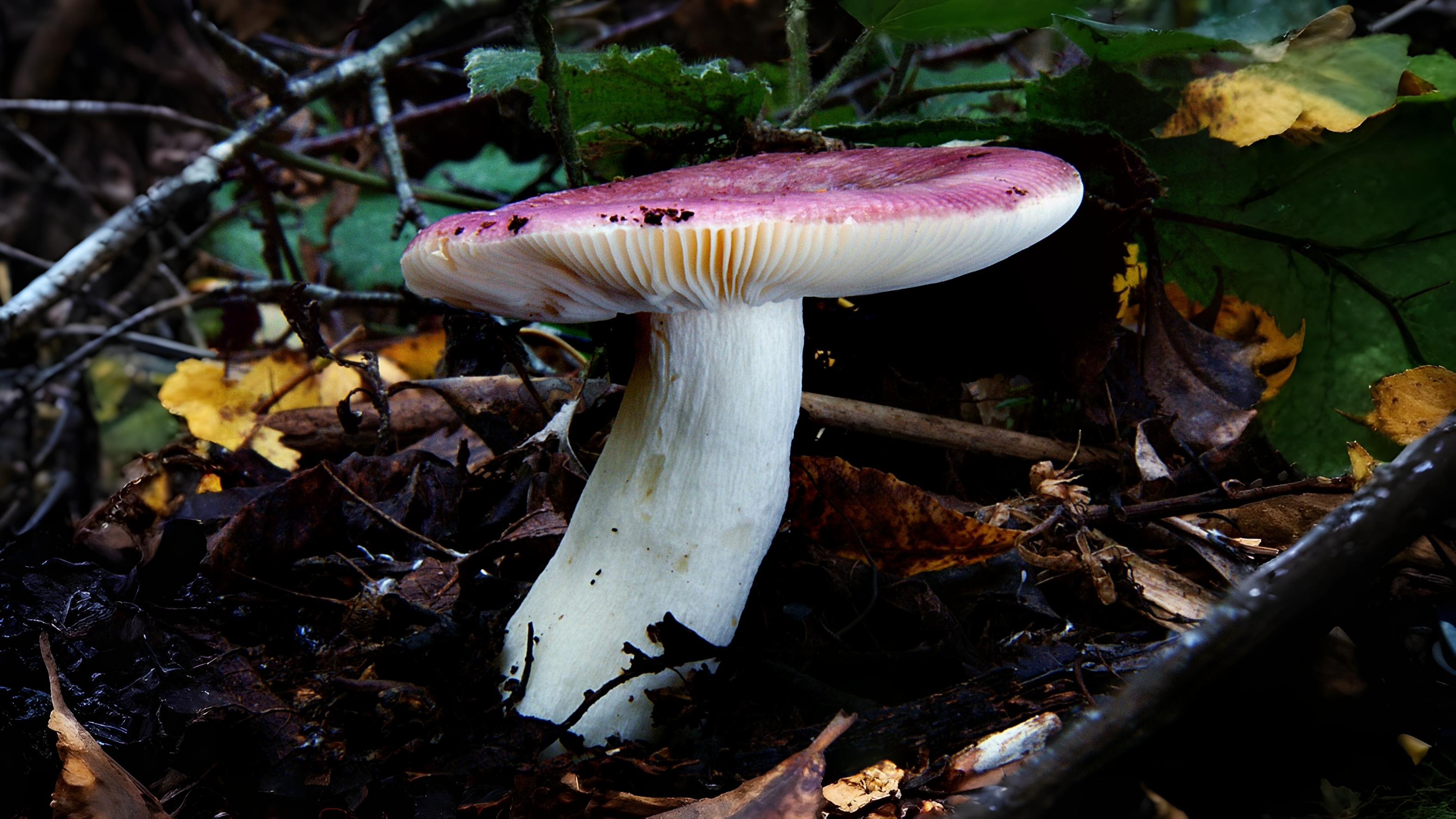

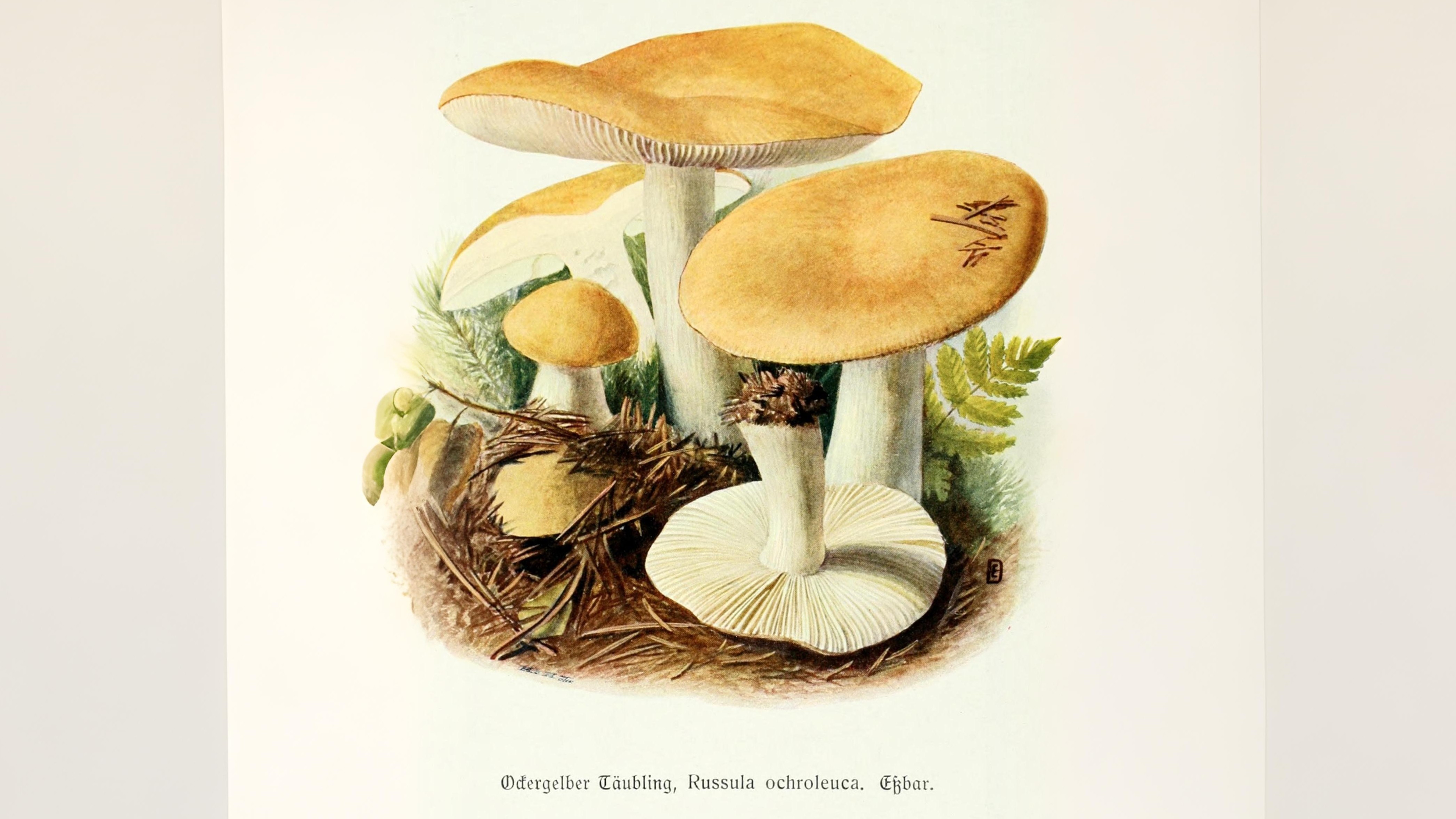

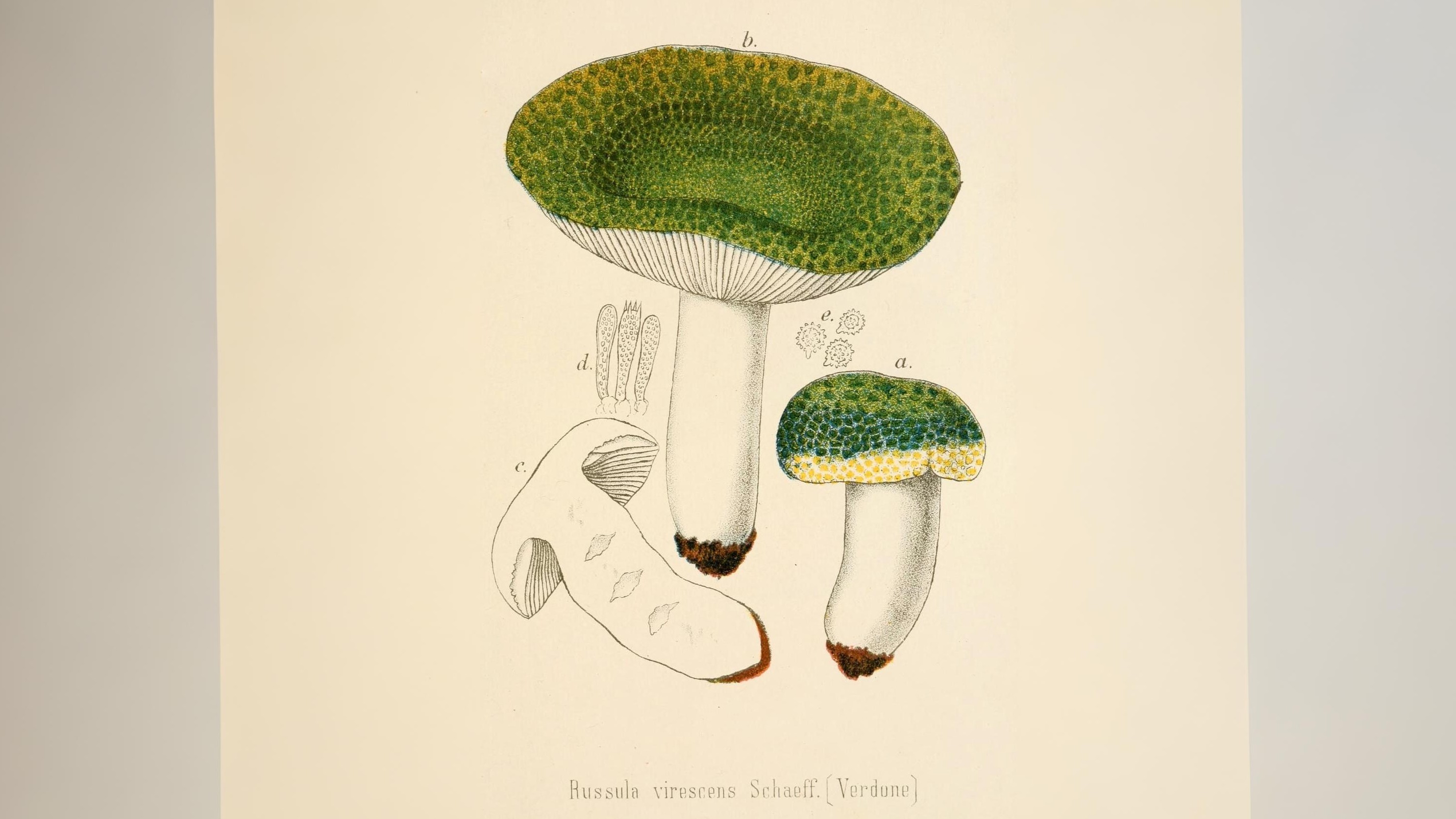

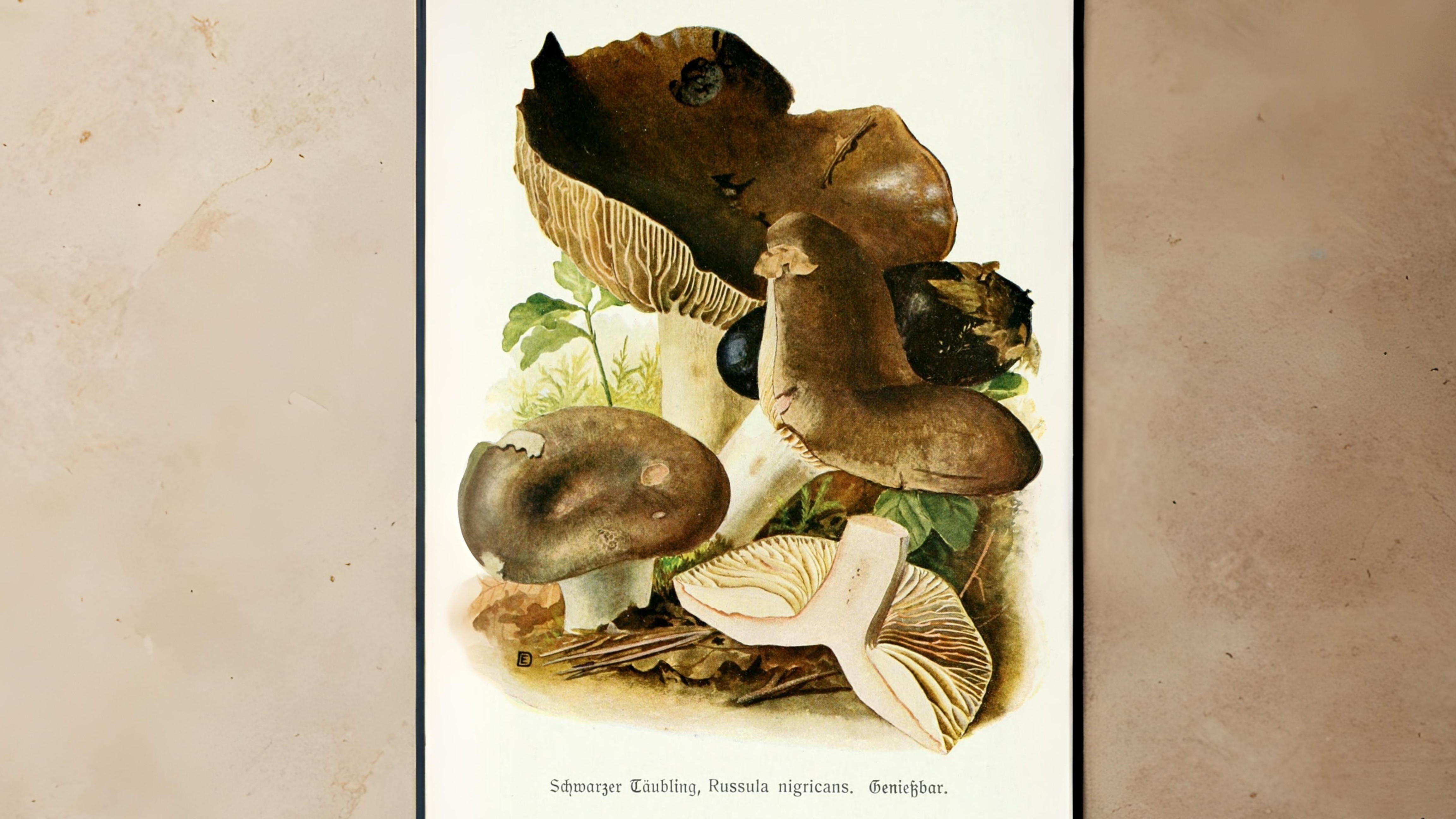

It is always worth smelling a brittlegill as there is such a wealth of unusual scents, although not everyone has the receptors to enjoy them. A selection of the more interesting ones are R. melliolens (honey), R. amoenolens (Jerusalem artichokes), R. fellea (geranium leaves), R. oderata (boiled sweets), R. graveolens (crab), R. maculata (roses), R. densifolia (old sherry casks), R. cavipes (laudanum), R. fragilis (bubble gum), R. pectinatoides (stewed apple), R. adusta (wine corks) and R. turci (iodoform) but in this last species only at the base of its stem.
